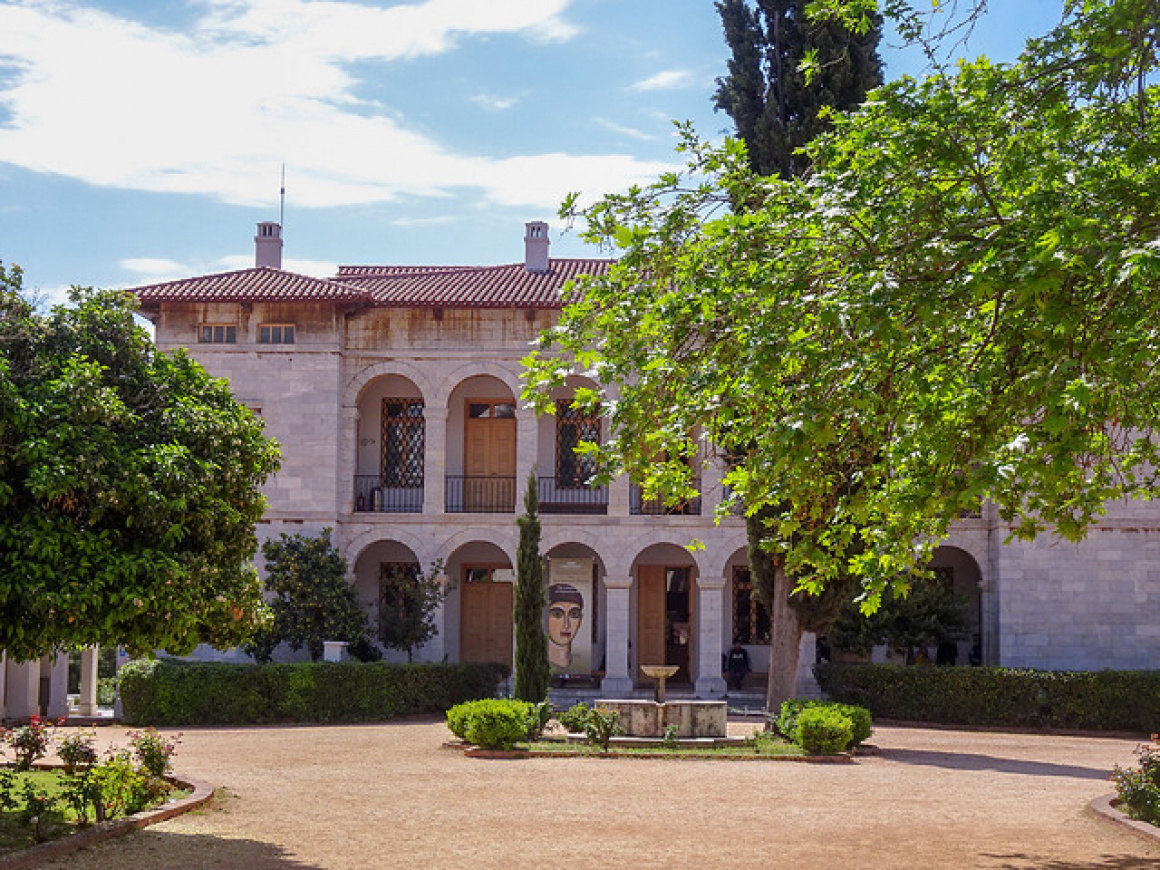On the vibrant Vassilissis Sofias Avenue, where the pulse of modern Athens meets its rich history, the Byzantine Museum emerges as a hidden treasure. While most travellers gravitate toward ancient ruins, this museum invites you into the city’s medieval heart, showcasing dazzling religious art and artefacts that tell a story beyond the familiar tales of antiquity. As someone who has explored Athens with both curiosity and pride, I’ve come to see this museum not just as a collection of icons and frescoes, but as a window into a transformative era—a chapter of the city’s story where faith, art, and culture intertwined to shape its enduring spirit.
A Captivating Chronicle of Byzantine Art
The Byzantine Museum Athens journey starts in the early Christian period and leads visitors through centuries of artistic transformation, featuring mosaics, frescoes, manuscripts, and richly decorated icons. The building itself has a fascinating backstory, having once been the residence of the eccentric French Duchess of Plaisance in the 19th century. You can sense a distinct charm in the mansion’s design, blending Florentine influences with Neo-Gothic touches, something rarely discussed in standard guides. Locals love pointing out the subtle details in the courtyard, like the carved balconies and arched windows that offer an enchanting glimpse into the aristocratic life of old Athens.
One local insight often overlooked is the museum’s hidden chapel, tucked away near the rear of the complex. It’s a peaceful retreat with a hauntingly beautiful fresco that many visitors miss if they rush through. Spending a few quiet moments here can feel like stepping back in time, an intimate experience that broadens your perspective on how faith shaped the city’s identity long after the classical era.
Exhibitions Beyond Expectations
While the permanent exhibits feature an impressive array of religious icons and sculptures, the museum also regularly hosts temporary exhibitions that highlight various aspects of Greek history and culture. When I was still in school, our teachers organised a trip to a special showcase on medieval textiles. It opened my eyes to the fact that “Byzantine” isn’t just about stately icons but also about textiles, jewellery, and even household items that reveal how everyday Athenians lived, worked, and worshipped.
For a well-rounded exploration of other notable galleries in the city, consider visiting the Benaki Museum and the Acropolis Museum. If you’re aiming to explore Athens’ full spectrum of cultural treasures, you could also delve deeper into the local museum scene by checking out the museums to visit dotted throughout the city.
A Taste of Local Flavour
A stop at the museum café is highly recommended. There’s a tranquil courtyard setting perfect for a quick bite or a leisurely coffee. On weekends, you might come across a pop-up event featuring local artisans selling handcrafted jewellery or miniature icons inspired by the museum’s own collection. This unique synergy between history, art, and everyday life is what continues to draw me back.
If you want to stretch your legs afterward, a short stroll leads into the chic neighbourhood of Kolonaki, where boutique shops and art galleries abound. Local Athenians often follow a museum visit with a casual lunch in Kolonaki’s fashionable cafés, soaking up the area’s cosmopolitan vibe before heading out to see more of the city.
Linking Past and Present
Athens is a city of endless layers, where every era has left its mark, and the Byzantine Museum is a gateway to uncovering one of its most intriguing chapters. Far beyond the ancient ruins, the museum reveals the city’s medieval soul, offering insight into how the Byzantine Empire shaped everything from Greek Orthodox traditions to architectural evolution.
Practical Tips for a Memorable Visit
Arriving early can help you navigate the galleries when they’re quieter, granting an almost meditative experience as you contemplate the museum’s sacred artworks. If you’re venturing to other districts afterward, remember that Athens is quite navigable on foot—though the question how walkable Athens is arises often, the centre is relatively compact, and there are convenient transport links running along Vassilissis Sofias Avenue.
The Byzantine Museum Athens might not be at the top of every traveller’s list, but those who seek it out often leave with a richer understanding of the city’s story. This is where the echoes of an empire can still be heard, not in grand temples, but in the painted eyes of centuries-old icons and the hushed corners of a former duchess’s estate. It’s a place that rewards curiosity with a slice of Athens that even many locals cherish, proof that the city’s treasures lie well beyond the beaten path.



 'Byzantine Museum' - Attribution:
'Byzantine Museum' - Attribution: